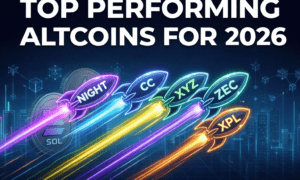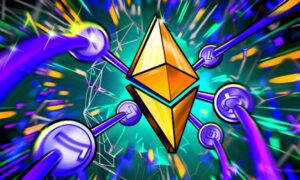Introduction
In the ever-evolving landscape of artificial intelligence, generative AI technologies have emerged as a powerful force, shaping how machines generate content, images, and even human-like text. Behind the scenes, a crucial aspect of these innovations lies in the programming languages that drive their development. In this article, we’ll delve into the world of generative AI and explore the programming languages that play a pivotal role in bringing these cutting-edge technologies to life.
Understanding Generative AI
Generative AI refers to a class of artificial intelligence that involves machines creating something new, whether it’s text, images, music, or even entire scenarios. This stands in contrast to discriminative models, which are designed to distinguish between different categories. The primary goal of generative AI is to simulate creativity and produce content that is indistinguishable from human-created content.
Key Components of Generative AI
Generative AI encompasses various models and architectures, each designed to cater to specific tasks. Two prominent models in this domain are generative adversarial networks (GANs) and recurrent neural networks (RNNs).
Generative Adversarial Networks (GANs): GANs are a class of machine learning frameworks introduced by Ian Goodfellow and his colleagues in 2014. The architecture of GANs consists of two neural networks—a generator and a discriminator—engaged in a continuous cat-and-mouse game. The generator creates content, while the discriminator assesses the authenticity of that content. This adversarial process leads to the generation of highly realistic output.
Recurrent Neural Networks (RNNs): RNNs, on the other hand, are a type of neural network designed to process sequences of data. This makes them particularly well-suited for tasks involving natural language processing and sequential data generation. RNNs use feedback loops within their architecture, allowing them to retain information from previous inputs, making them effective for generating coherent and contextually relevant content.
Programming Languages in Generative AI Development
Several programming languages are employed in the development of generative AI technologies. The choice of language often depends on factors such as performance, ease of use, and the specific requirements of the project. Let’s explore some of the prominent programming languages in this domain:
1. Python: The Lingua Franca of AI Development
Python stands as the undisputed champion in the realm of AI development, including generative AI. Its readability, extensive libraries, and vibrant community make it an ideal choice for both beginners and seasoned developers. TensorFlow and PyTorch, two of the most popular deep learning frameworks, have Python APIs, further solidifying Python’s role in the generative AI landscape.
2. TensorFlow: Powering GANs and Beyond
Developed by the Google Brain team, TensorFlow has become synonymous with deep learning and neural network development. TensorFlow provides a high-level API for building and training GANs, streamlining the development process. Its flexibility and scalability make it a top choice for projects ranging from research prototypes to large-scale generative AI applications.
3. PyTorch: A Dynamic Approach to Neural Networks
PyTorch, developed by Facebook’s AI Research Lab (FAIR), has gained significant traction in the deep learning community. Known for its dynamic computational graph, PyTorch offers a more intuitive and Pythonic approach to building neural networks. Its popularity has soared, particularly in research settings, making it a preferred choice for experimenting with new generative AI architectures.
4. JavaScript: Bringing Generative AI to the Web
With the increasing demand for AI-powered web applications, JavaScript has found its way into the generative AI landscape. TensorFlow.js, a JavaScript library developed by Google, allows developers to train and run machine learning models directly in the browser. This opens up possibilities for interactive and real-time generative AI experiences on the web.
5. CUDA and cuDNN: Harnessing the Power of GPUs
While not programming languages in the traditional sense, CUDA (Compute Unified Device Architecture) and cuDNN (CUDA Deep Neural Network Library) deserve mention. These parallel computing platforms and libraries, developed by NVIDIA, enable developers to harness the immense parallel processing power of GPUs. This is particularly crucial for training large-scale generative AI models, where the computational demands can be overwhelming for traditional CPUs.
Conclusion
Generative AI technologies are pushing the boundaries of what machines can create, from lifelike images to coherent text passages. The programming languages driving these innovations play a crucial role in shaping the capabilities and efficiency of generative AI models. Whether it’s the simplicity and versatility of Python, the power of TensorFlow and PyTorch, or the accessibility of JavaScript for web-based applications, the choice of programming language is a critical decision in the journey of bringing generative AI to fruition. As technology continues to advance, the synergy between programming languages and generative AI will undoubtedly lead to even more remarkable and creative applications in the future.



































